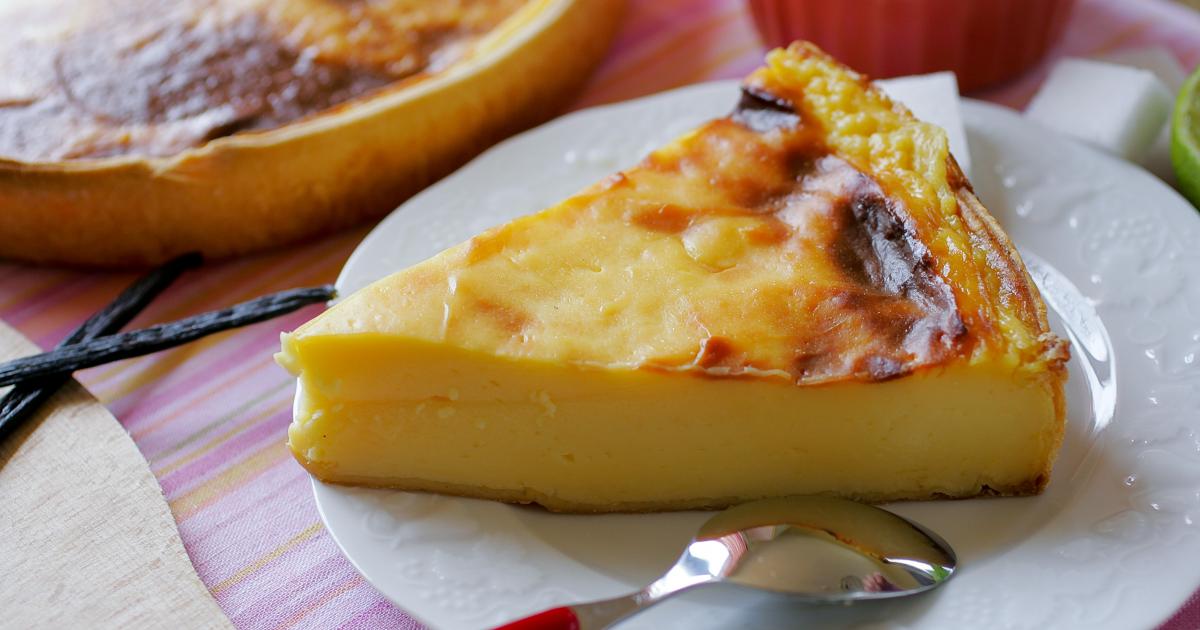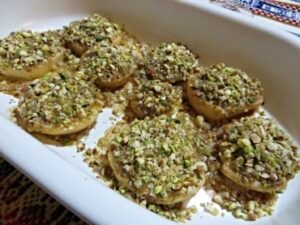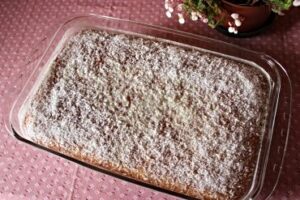
Suggested video What products are in season in November?
Video 1 of 2
The pastry flan is a must-have in French bakery. Its creamy texture and delicate vanilla taste make it a very popular dessert. However, not all flans are made in an artisanal manner. Some bakers opt for powdered preparations, which are often more economical and quick. To the naked eye, you may not notice the notable differences between this type of preparation and a flan made with real vanilla. But our colleagues from Parisian carried out the investigation in the company of journalist and consultant specializing in bakery, Rémi Héluin. And here’s what they concluded.
The appearance of the flan is often indicative of its manufacturing method. Rémi Héluin created a cake with the famous synthetic vanilla-based powder which is also used during the CAP tests. “It’s powdered milk, very common and much simpler for bakers to implement. This is also the ingredient that we use in CAP bakery”specifies the professional. And the result is obvious. The latter gives a colorvery yellow with pastry flan “even though there aren’t even any eggs.” “In the popular unconscious, yolk is associated with eggs and vanilla. It’s counterintuitive, but the consumer who buys a powder-based flan imagines that he is buying a better product than if it were white. »he adds. Our perception is therefore totally biased.
Another clue that may alert you: the selling price of the pastry flan. A homemade flan requires quality ingredients such as whole milk, fresh eggs and real vanilla, which justifies a higher price. If you find a flan at an unusually low price, chances are it’s made from powder. This reflects the cost price for the baker. As Rémi Héluin illustrates, a flan made with vanilla powder costs only 2.67 euros for a cake for 6 peoples. So, with real vanilla, it costs 6.29 euros. A big difference!
Source:https://www.750g.com/les-indices-a-reperer-pour-deceler-un-flan-fabrique-avec-de-la-poudre-chez-le-boulanger-a39050.htm


